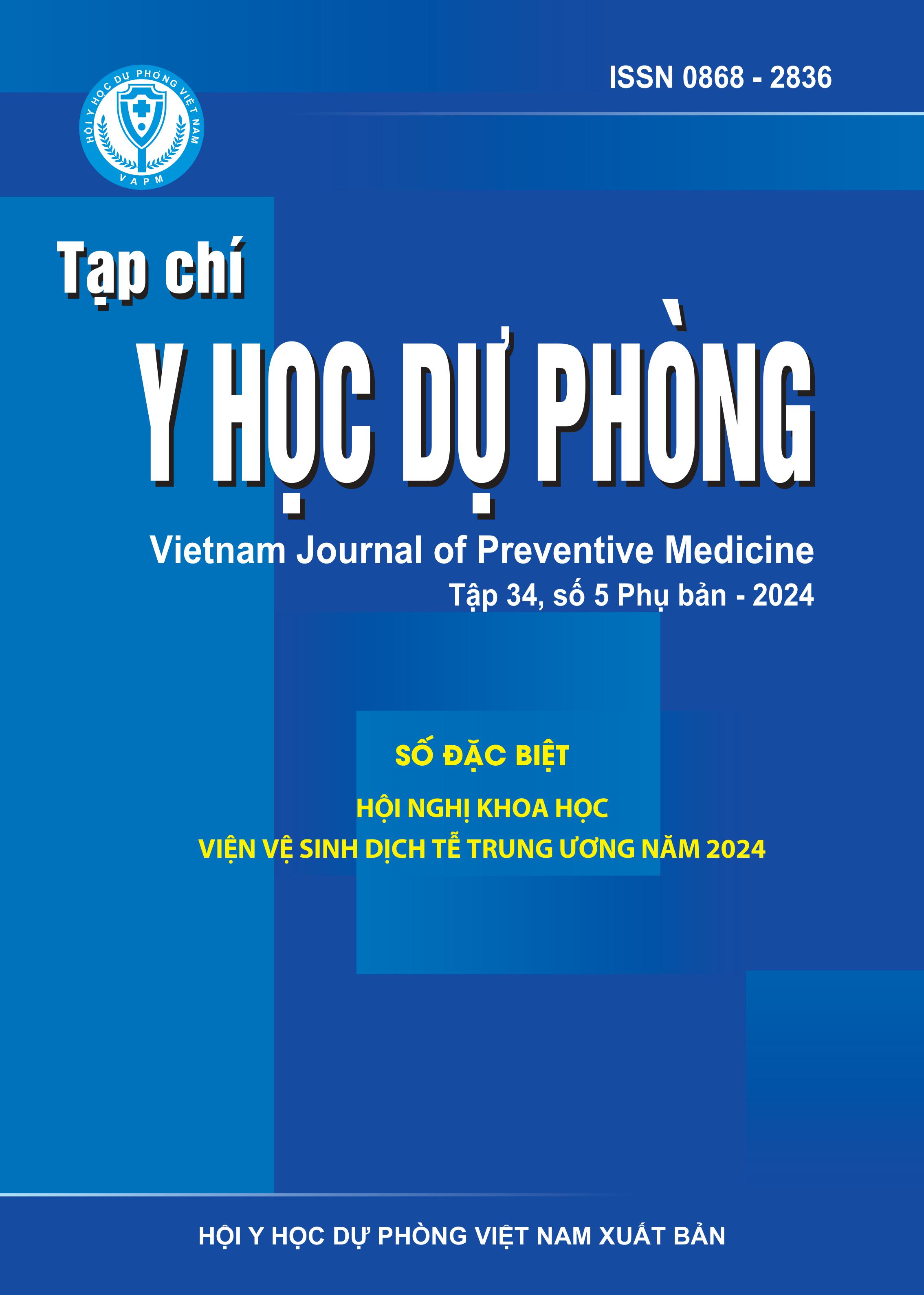Enteroviruses associated with acute flaccid paralysis in northern region and some central provinces of Vietnam, between 2008 and 2022
DOI:
https://doi.org/10.51403/0868-2836/2024/1865Keywords:
Acute flaccid paralysis, enteroviruses, poliovirus (PV), Non-Polio enterovirus (NPEV), VietnamAbstract
Acute flaccid paralysis surveillance (AFPS) is a key strategy for detecting polioviruses, the causes of poliomyelitis, and is the gold standard for monitoring the progress of poliomyelitis eradication. In addition, AFPS can track the circulation of Non-Polio Enteroviruses (NPEV) which have been recently becoming more prominent as causative agents of AFP. To evaluate the quality of AFPS and understand the circulation of poliovirus (PV) and NPEV associated with AFP in northern areas of Vietnam, of that the data has been limited in the existing literature, we analyzed the results of surveillance from 2848 AFP cases in 25 provinces of the North and 9 provinces of the Centre, between 2008 and 2022. It was shown that over the surveillance period, laboratory indicators (eg., sample collection, isolation time and PV identification…) were above the WHO minimum standards. PV accounted for 0.75% total of AFP cases, and all of PV-positive cases were Sabin polioviruses. NPEV accounted for 11.3%. Out of NPEV, enterovirus group B (EVB) which mostly included echoviruses 11, 30, 14, and 6 was most dominant (68.4%); followed by EV-A (16.6%) which were represented by EV-A71 and coxsackieviruses; those were major enterovirus serotypes associated with Hand-food-and-mouth disease and septic meningitis. The results highlight the importance of AFPS in monitoring the circulation of PV and NPEV; moreover, it is necessary to continuously improve the quality of laboratory diagnosis techniques, enhancing the ability in identification of newly emerging NPEVs, including EV-D68 – suspected as “new polio”, in Vietnam.
Downloads
Downloads
Published
How to Cite
Issue
Section
License
Publication License No 150/GP-BTTTT signed on May 8, 2014;
Electronic Publication License No 322/GP-BTTTT signed on June 15, 2016.


